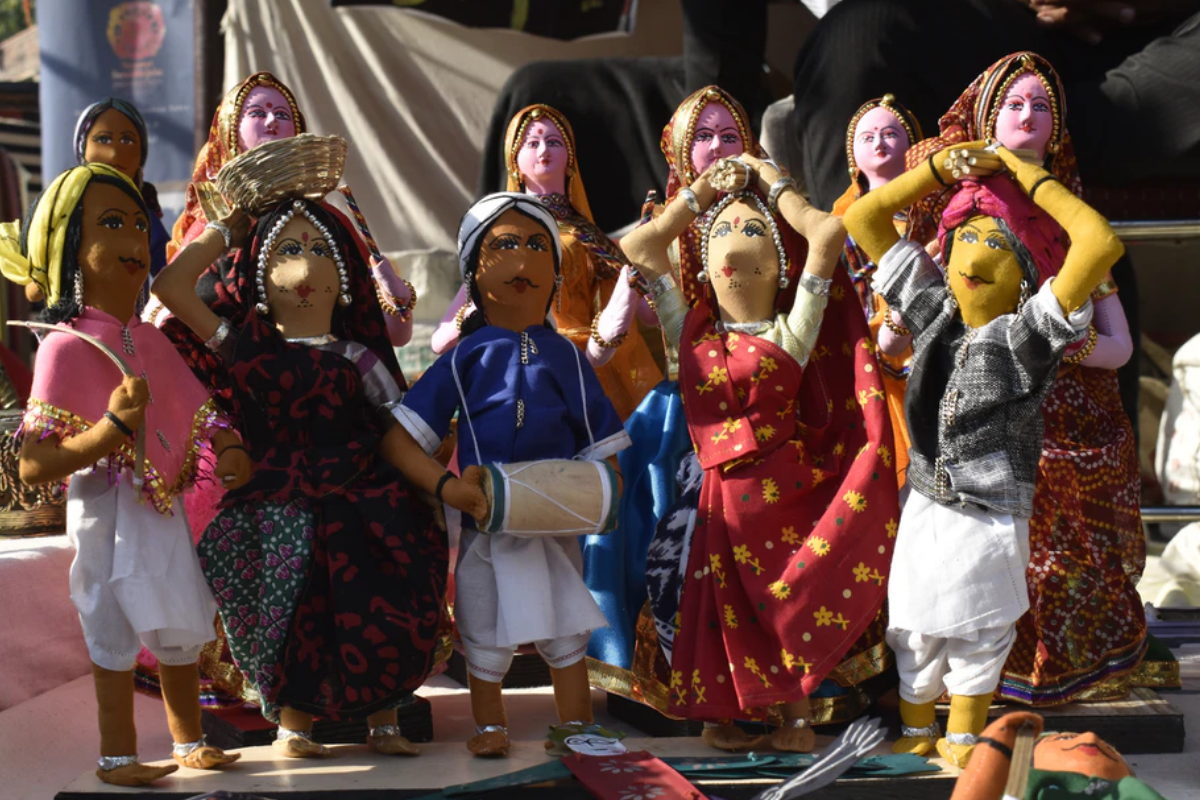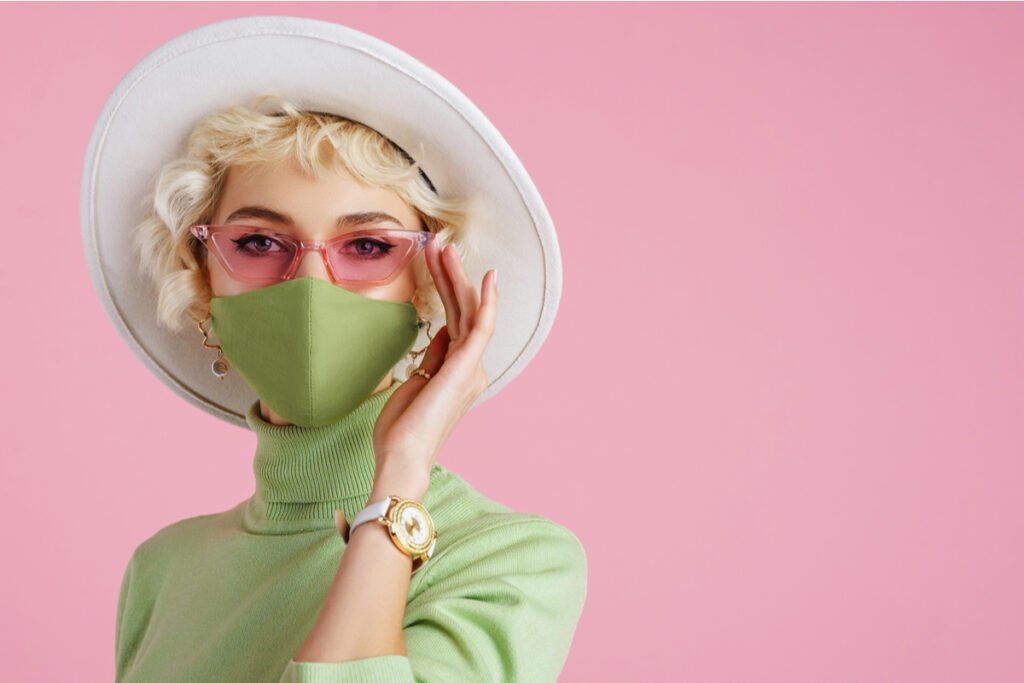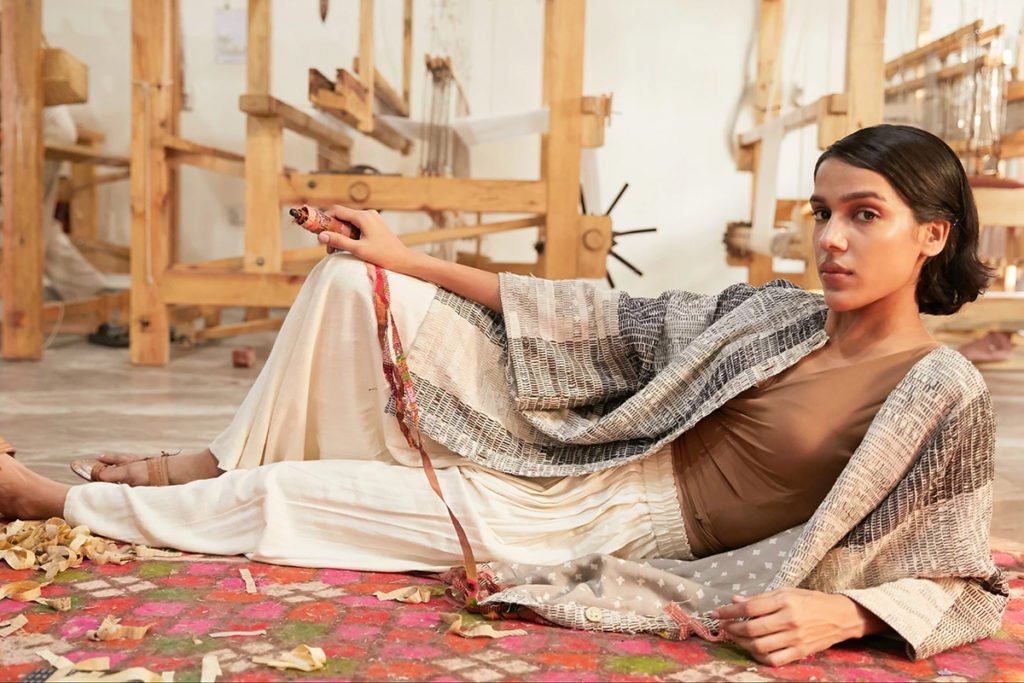When we talk about India as a nation, we often look at our diversity. The differences that exist in people’s religions, customs, festivals and languages. However, these differences also unite us as a nation, as they preach acceptance and appreciation for our history and traditions. One of them that has wrapped our whole country together is – nine yards of fabric that a woman of this country so elegantly drapes. Indian women often are seen in sarees around the globe, a running piece of cloth draped with femininity and elegance surmounts a great sense of beauty. Yes, it is the traditional garment of choice for Indian women everywhere. However, a saree is so much more than a national costume. Much like our country, the saree has persevered, toiled, transformed and continued to evolve with the changing world around it and remains consistent with their innate qualities.
The evolution of sarees in India has been parallel to the country’s history. They have been often unlooked as a saree is not merely yards of fabric or a garment worn by Indian women. However, it is a relic of India’s past, present and future.
Ancient History

Historians have found evidence of women draping sarees as early as 300 BC during Maurya and Sunga Dynasties. Sculptures and paintings from the Gupta period in the 7th and 8th century showed a stitched garment like breast band for women accompanying the lower draped garment. Historians believed that usually it was the women of the higher ranks who wore two garments, and women belonging to the lower classes didn’t.
Mughal Period

As history progressed, diversity in the country also increased. With the beginning of the Mughal period, the women from different religions (Hindu and Muslim), started dressing differently to establish distinguished ethnicities. Hindu women preferred to wear pleated sarees blouses and long veils. Muslim women wore Persian inspired loose trousers with long tops (known today as Salwar Kurta) with a shorter, thinner, scarf-like fabric covering the head called the Dupatta.
British Raj

When the rule changed from Mughal to English, everything changed with it. The British found the sarees worn by women during the Mughal era immodest and, there need to “correct” that, began. Blouses and petticoats were introduced, to be worn under the saree. While both these British garments became the norm for dressing for Indian women, there was also the gender bias of non-assimilation with the foreign culture. Indian men who were part of the imperial bureaucracy were allowed to wear western clothing. However, Indian women were kept out and continued to stick with their traditional garment. It might seem absurd but wearing short sarees with boots was also quite the rage back in the 1920s.
Pre-Independence

The 1930s to 50s was a time when India woke up and fought for its freedom. People from all walks of life come together to demand the independence of their lands. And as our country revolutionised so did the sarees. The still-popular style of sarees – Nivi – came into being. It was mostly endorsed by women from Indian royal families that slowly crept into the saree-styling of ordinary Indian women. The drape was characterised as wound around then tucked in at the waist and letting the loose end go over the back either free-flowing or covering the head. Sari-pins fastened at the shoulder or waist were also in vogue and were most likely inspired by the brooches worn by British women.
From the 1950s to 1970s

Post-Independence, a lot changed in the country, especially in Bollywood. Hindi film industry saw a boom in the 50s and, the influence of characters also increased in the country. Sarees underwent significant experimentation with fabrics, patterns, weaves and drapes. Most of which were adopted rather quickly by newly fashion-conscious Indian women. Mumtaz, Madhubala, Nutan, and, Nargis were all showing off different looks and many women. For the first time, Indian women had the freedom to choose their own individual styles.
From the 1970s to 1980s

The 70s and 80s was a time when industrialisation was in full swing in our country. Mass production and distribution at better rates changed the Indian economy and sarees. As the dissemination of colour TV and mass-produced garments increases, the styles changed. From hand embroidery to now, machine prints sarees were more famous among the Indian women. Companies like Vimal and Garden Varelii started this idea to make printed sarees familiar in the country.
The 1990s

Bollywood, again took a swing in the 90s as films became more accessible and influential. The era of Yash Chopra began during this time, and the earlier family films now became love stories where the heroine had a perfect balance of innocence and sex appeal. Dancing in Switzerland in translucent chiffon sarees was looked like the epitome of love and romance. Indian women ditched their opaque printed sarees for these single coloured fluid versions with just a hint of salaciousness.
The 2000s

After decades of women wearing saree as a sign of tradition and culture, the 2000s changed that. Now the sarees were made for fashion statements and boldness. Miss World and Miss Universe titles were bagged by Indian women who looked absolutely stunning in this Indian attire. The colour palate also shifted from muted and deeper colours now; neon colours were all the rage. Indian fashion designers also experimented with the saree styles as they started putting together conventional chiffon with westernised blouses.
And Now

Almost 1700 years later, now sarees are not just a symbol of Indian cultures and traditions but also a statement piece. Actors, socialites, and even ordinary women drape this beautiful piece of fabric to show their style and fashion sense. Half draped sarees and, lehenga sarees have also change the functionality of this attire.





